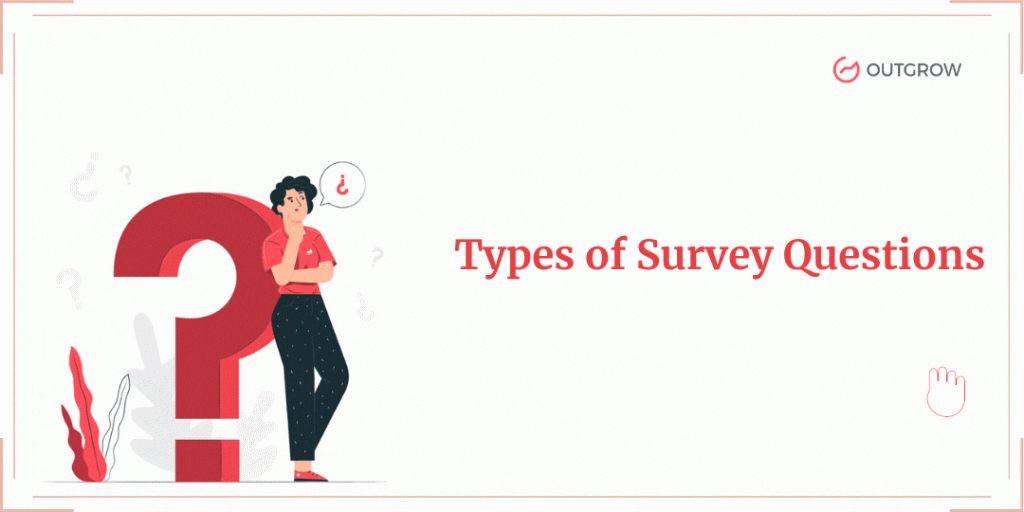Qualitative and Quantitative Research – [Difference+Template]
Table of Contents
Qualitative and quantitative research goes hand in hand. It’s like nachos and salsa. But, we often find cases where marketers try to choose between qualitative research and quantitative research. This happens because many of us are not aware of the difference between and the uses of these two research methods.
To understand what qualitative research and quantitative research is and the difference between the two, you must read this blog until the end.
So, let’s start from the beginning.
What Is Qualitative Research?
Qualitative research is a research strategy that focuses on describing an observation or data. It is carried out on the basis of data collected through first-hand observations, focus groups, customer surveys with open-ended questions, questionnaires, etc.
Qualitative research is conducted to understand the reasons behind certain consumer behavior, opinions, attributes, and experiences. Generally, qualitative analysis answers the question ‘why’.
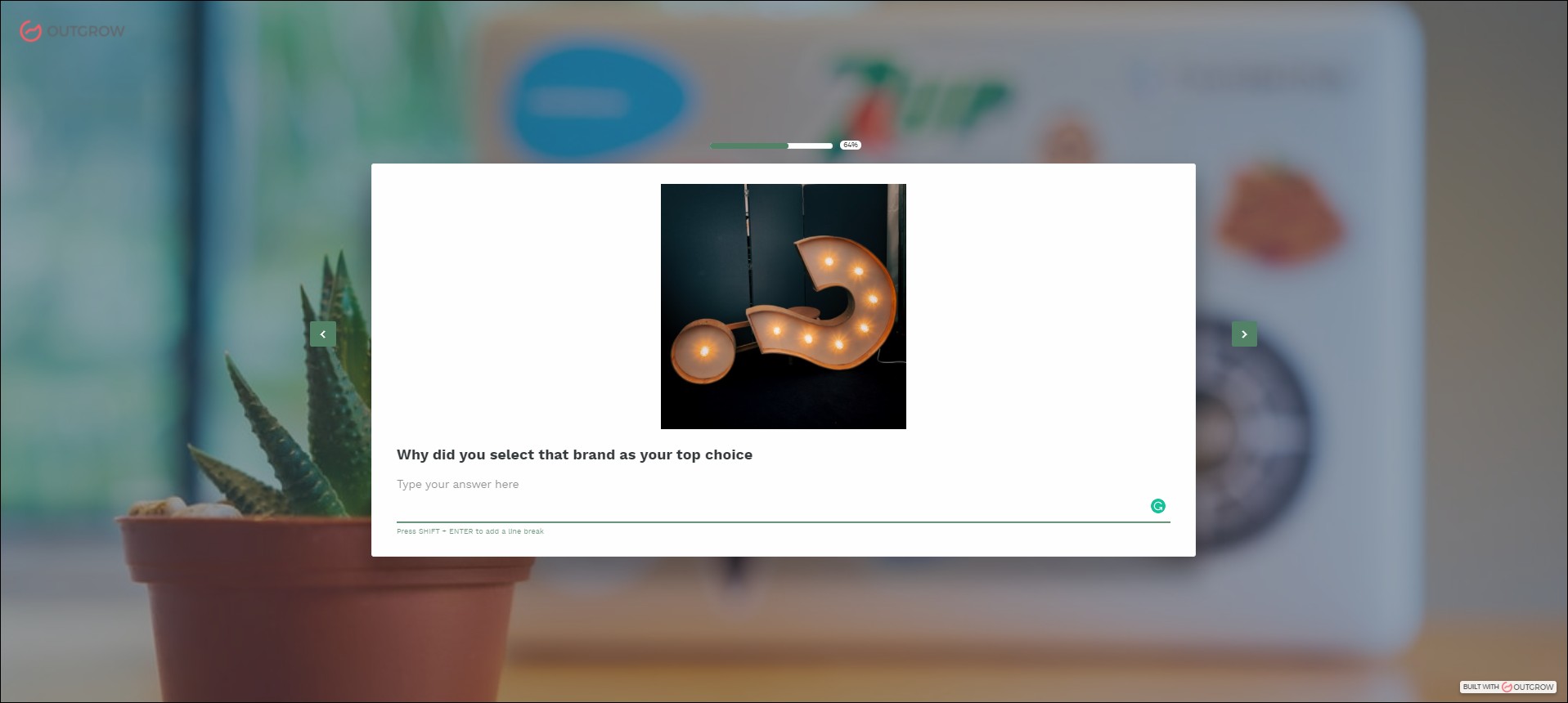
The data collected through qualitative research is non-numerical and non-statistical.
What is Qualitative data?
Qualitative data is a type of data that describes characteristics and qualities or any information as such. Examples include data like sex (male or female), color, demographics, etc.
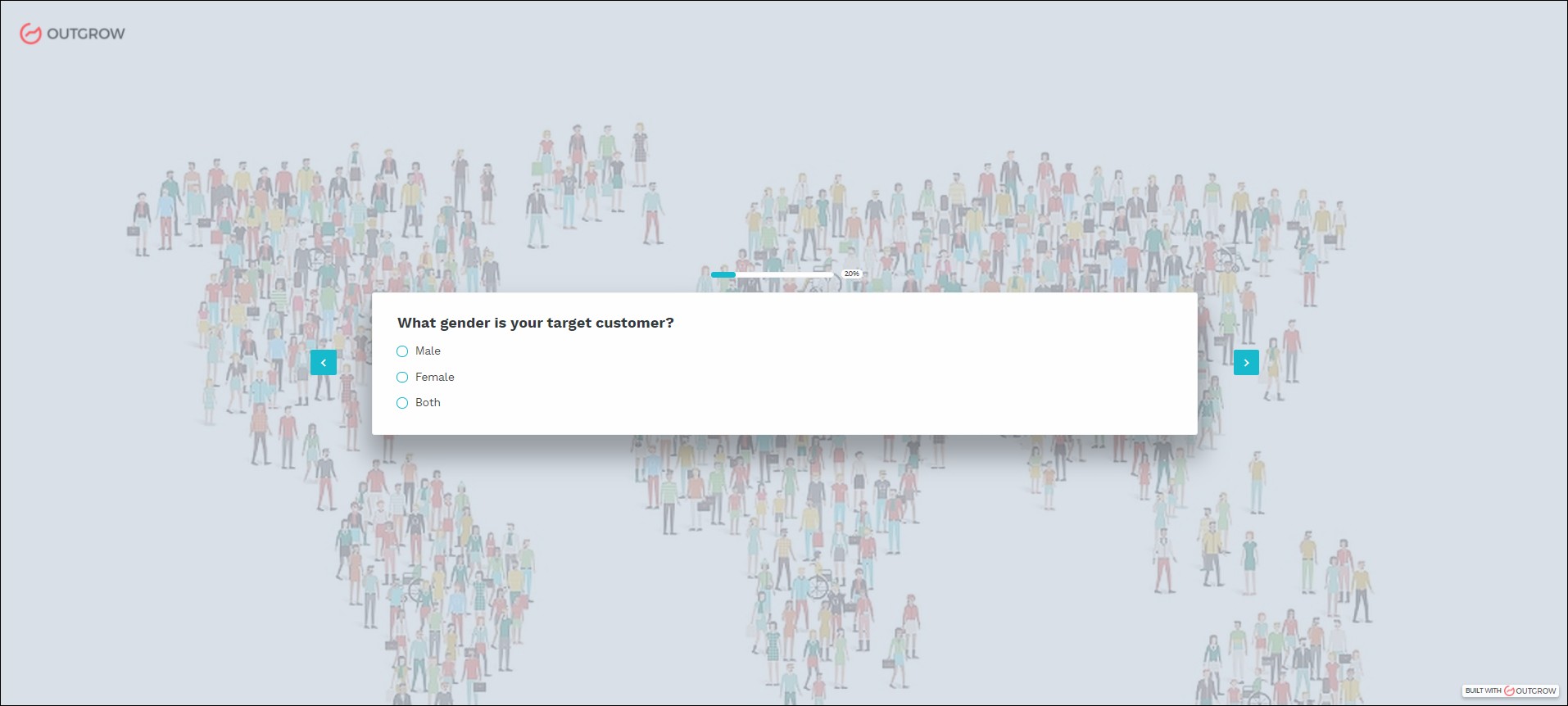
What Is Quantitative Research?
Quantitative research is a research strategy that focuses on quantifying an observation or data. It is carried out on the basis of data collected through various forms of survey with close-ended questions, in-person interviews, polls, etc. Quantitative research is conducted to develop theories, statistical models, hypotheses, etc. Generally, quantitative analysis answers questions like ‘how many’ and ‘how often’.
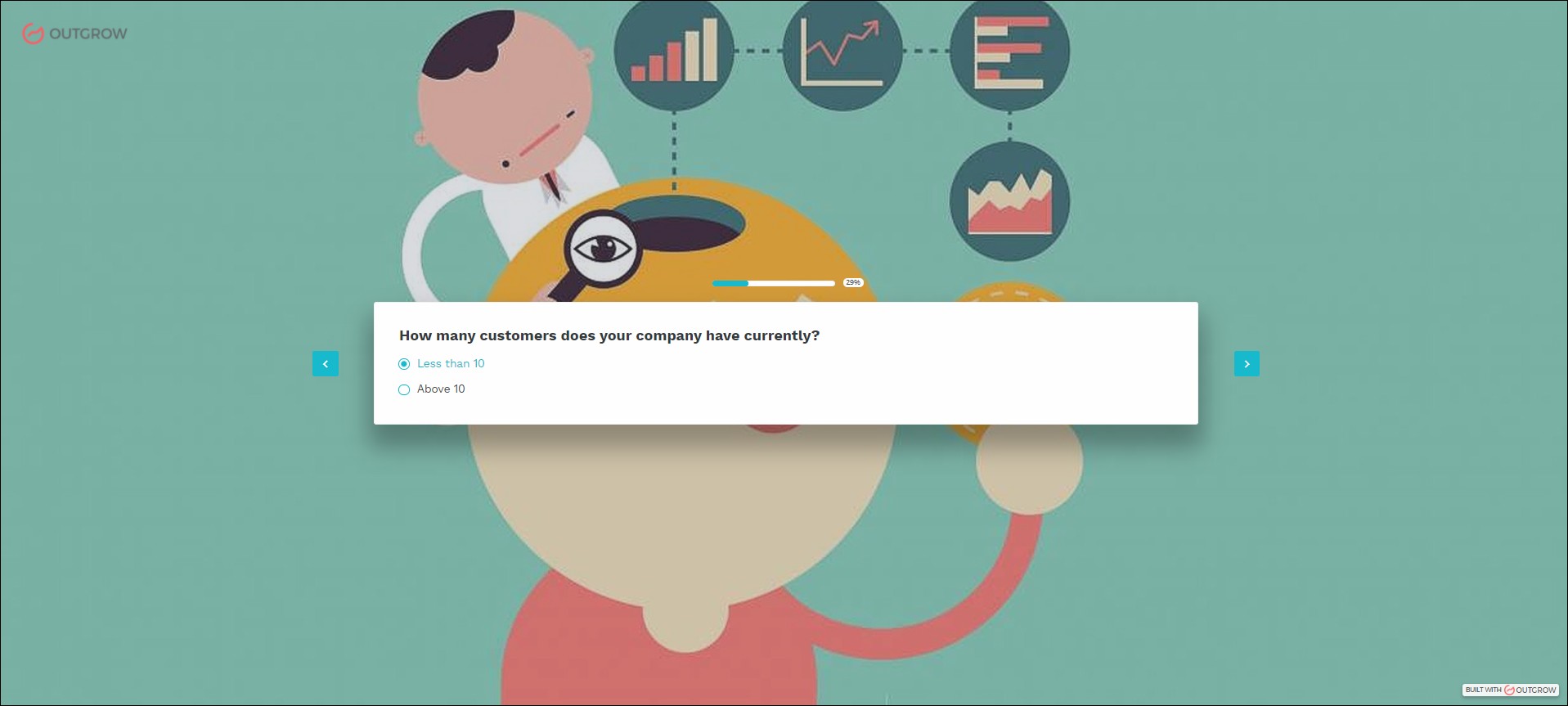
The data collected through quantitative research is numerical and statistical.
What is Quantitative data?
Quantitative data is nothing but any type of data that is numerical. Examples include data like 150 people downloaded your free eBook, 50 respondents disliked the new feature on your app, etc.
What Is the Difference Between Quantitative and Qualitative Data?
Quantitative data can be measured in numbers. Therefore, you can get an objective and conclusive result. Qualitative data on the other hand can’t be measured in numbers. It’s descriptive in nature and therefore, you can’t get an objective result. Rather it gives you a subjective approach to problem-solving and often lays the foundation for quantitative analysis.
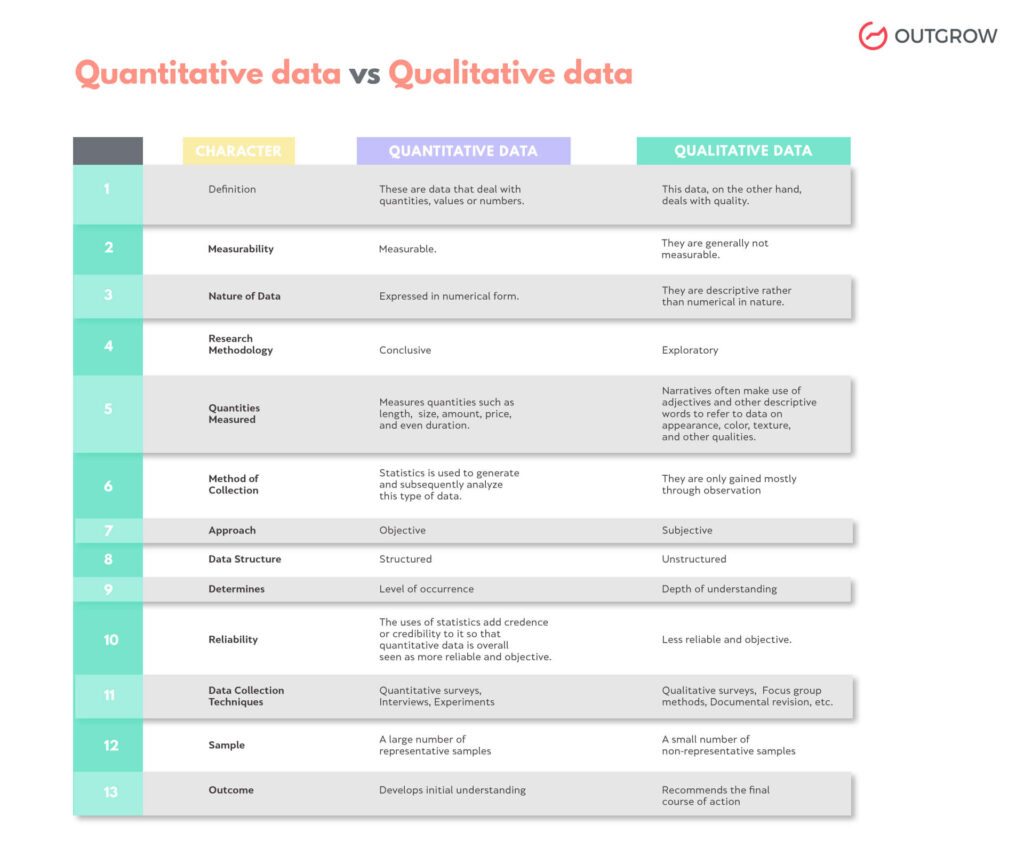
What Is the Difference Between Qualitative and Quantitative Analysis?
Both qualitative and quantitative analysis are research methods. The difference lies in the way the research and analysis are conducted. Let’s try and understand the difference between qualitative and quantitative analysis with the help of this example.
Let’s assume that you have an eCommerce website and you want to improve your conversions. In order to do that, you will have to conduct both qualitative and quantitative analysis.
Quantitative Analysis
Quantitative analysis will give you the numbers to identify the product pages that need to be optimized. You can extract quantitative data like bounce rate, number of abandoned carts, page load speed, etc. from Google Analytics. You can then classify and analyze this data to figure out the pages that need attention.
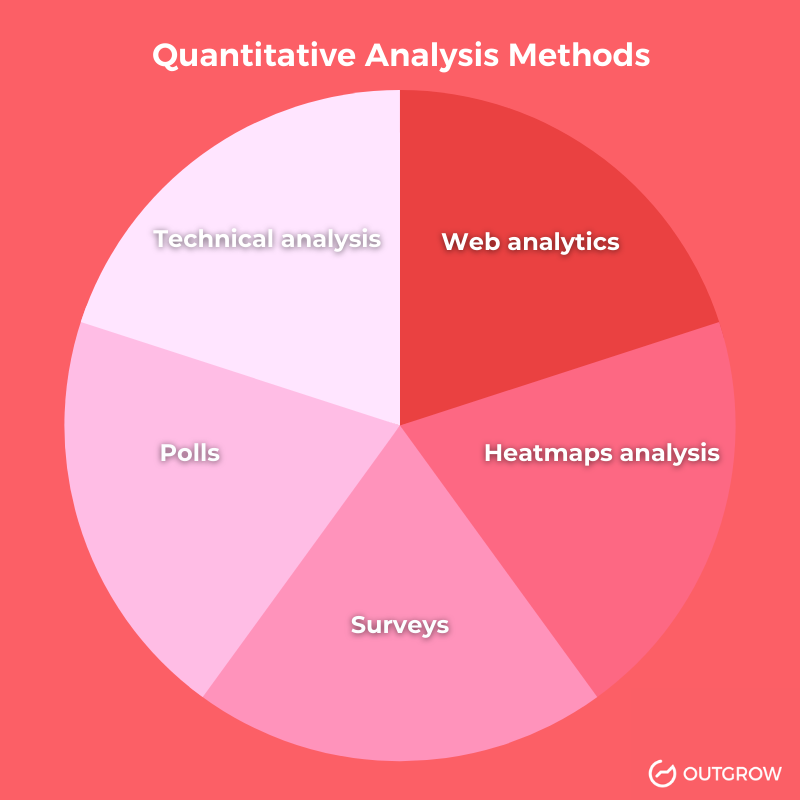
Now, how can you optimize these pages to improve conversions? Well, you can get hundreds of generic tips to improve the conversion rate on the internet. But it may or may not work for you. Every business has different challenges, so you need to find out why your customers are dropping off and work on those areas specifically. And this is where qualitative analysis comes in.
Qualitative Analysis
Qualitative analysis will give you insight into the reasons your users are dropping off. Tools like Outgrow can help you create surveys to ask your customers about their pain points and feedback.
Ask your customers open-ended questions like ‘What do you think about our product?’, ‘What do you think about our pricing?’, etc. These are descriptive questions and will fetch detailed answers from your customers. Your job is to go through these answers and find out what your customers like or dislike about your page. And based on this analysis you will know what changes you need to bring on the pages that you have already shortlisted through the quantitative analysis previously.
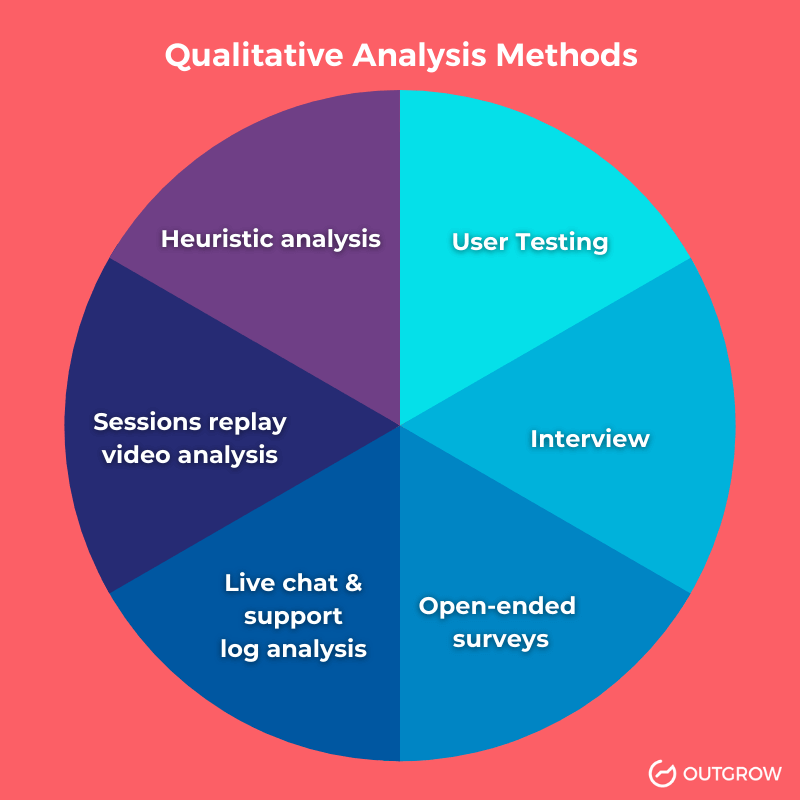
Now that you have understood the difference between qualitative and quantitative analysis, let’s look into some generic examples of qualitative and quantitative questions.
Examples of Quantitative Questions
- How many times per month do you order food online?
- Do you prefer tea or coffee?
- How much data do you consume in a day?
- How often do you travel via Uber?
- How much do you spend on cigarettes every month?
Add quantitative questions to this template and create your own survey for free:
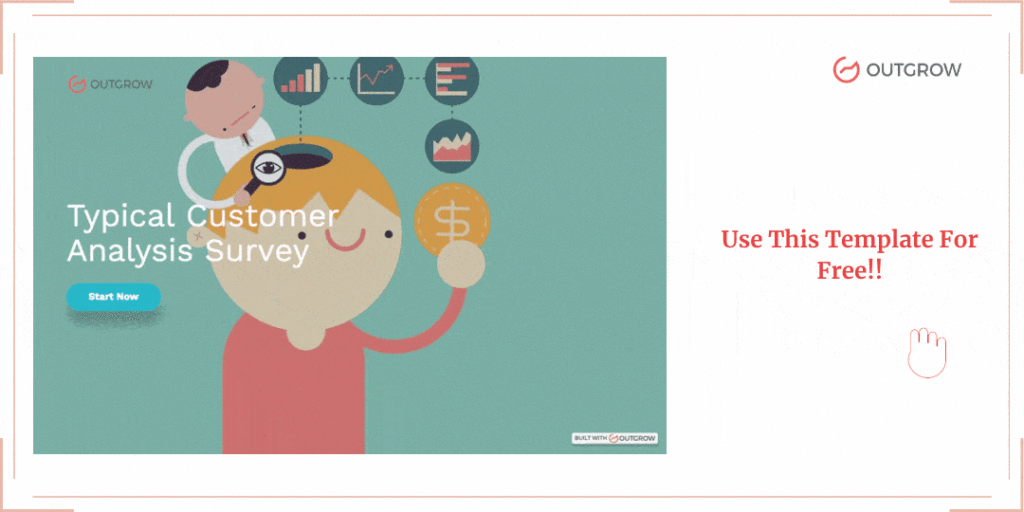
How do you phrase quantitative questions?
Generally, quantitative questions start with how and what. Here are some widely used phrases for quantitative questions:
- How many?
- To what extent?
- How frequently?
- What proportion?
- What percentage?
- How much?
- What are?
- What is?
- How often?
Examples of Qualitative Questions
- Why do you prefer to order food online?
- Why do you prefer coffee over tea?
- How can we improve your experience on our site?
- Describe the last time you made an online purchase.
- Why do you like smoking?
Here’s another template you can use for free!! Just add your own qualitative questions and you are good to go!
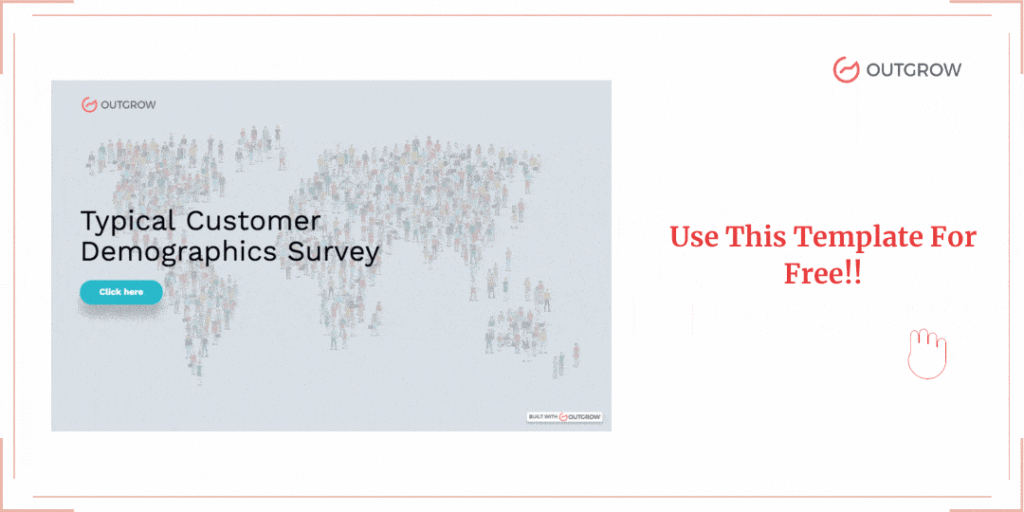
How do you phrase qualitative questions?
Generally, qualitative questions are phrased with ‘why’. However, the point of asking qualitative questions is to gather data that is not quantifiable, so you can improvise and ask open-ended questions in any manner you want.
What Are the Benefits of a Quantitative Survey?
- Quantitative analysis allows you to work on a larger sample size. And when you can analyze large datasets, your chances of reaching an accurate conclusion increases exponentially.
- Quantitative research allows you to capture data quickly. You can use an interactive content creation tool like Outgrow to create interactive surveys and automate the data collection process. It helps you conduct thousands of surveys across the globe at the same point in time.
- Data privacy is also a great advantage of a quantitative survey. Especially for sensitive topics, users can participate in self-completion surveys. This helps them stay anonymous.
- Cost-effective. The cost of conducting quantitative surveys is far less than qualitative surveys. To create quantitative surveys you just need to subscribe to a survey builder. Once you have created a survey, you can send it to thousands of people at once. You can check out the pricing of this free online survey builder to get an idea of the cost.
What Are the Benefits of a Qualitative Survey?
- Qualitative surveys provide depth and context. Generally, qualitative survey questions are open-ended and give the respondent the liberty to express their thoughts. This helps to gather contextual information about specific quantitative data sets.
For example, you run a quantitative survey asking your customers to rate your product and 80% of the respondents give you a poor rating. But this survey won’t tell you why! To understand this, you can go for a qualitative survey asking questions like “what can we do to improve our product?”, “what features do you expect from our product?”, etc. - New topic areas. Open-ended questions trigger our audience’s thought processes. You might come across innovative suggestions from your respondents to improve your product. And this increases the possibility to discover new topic areas and solutions that you might not have considered before.
- Qualitative Research provides flexibility. Unlike quantitative surveys that have a rigid structure, qualitative surveys give the surveyor free hand to follow up on any response that they feel to generate more depth on. Depending on the nature and quality of responses, surveyors can quickly modify their questions to get a better understanding of their customers.
When Should I Use Quantitative Survey Questions?
- When you need broad insights. Quantitative survey questions are ideal for gaining a larger perspective of the market as a whole. With quantitative survey questions, you get precise and objective answers. Therefore they are also used to predict the market trends.
- To capture quantifiable behavioral data. You can capture behavioral insight such as how often someone orders food online, do they prefer tea or coffee, how much do they spend on cigarettes, etc.
- Primary research. Quantitative research is economical in terms of money and time. So it is wise to start off with quantitative research questions if you have limited time and resources.
When Should I Use Qualitative Survey Questions?
- Add context to your quantitative data. Quantitative analysis tells you about what has happened but it often fails to answer why that has happened. In such cases, you need qualitative survey questions.
- Qualitative survey questions answer what quantitative survey questions cannot. Qualitative analysis helps you to understand the concepts that quantitative analysis cannot. Hence you can use these question types to discover user opinions, beliefs, thoughts, challenges, goals, etc.
- Build your buyer persona. Understanding buyer personas is quintessential for designing your marketing strategy. You can mine as much quantitative data as you can, but that’s not enough to build your buyer persona. You need to define your user’s behavioral traits, pain points, needs, interests, etc. to complete your buyer persona. And these segments can only be figured out through qualitative survey questions.
Recap
Now that we have discussed everything about Qualitative and Quantitative research, here’s a quick recap.
Quantitative and qualitative research is complementary in nature. Quantitative research shows us figures and facts on what has happened. In contrast, qualitative research helps us get context on quantitative data. In other words, qualitative research explains ‘why’ a certain thing has happened. So, we need both qualitative and quantitative research to come to a foolproof conclusion and solution.
The ideal way is to start with quantitative research. One of the best ways to conduct quantitative research is through interactive surveys. Try out Outgrow to create online surveys without any coding or hassle. Want to create one for free? Click here.
FAQs
I’m Soumodip Roy, the SEO and SEM specialist who helps businesses climb to the top of the search engine mountain, and when I’m not doing that, you can find me exploring the real mountains of the Himalayas.


